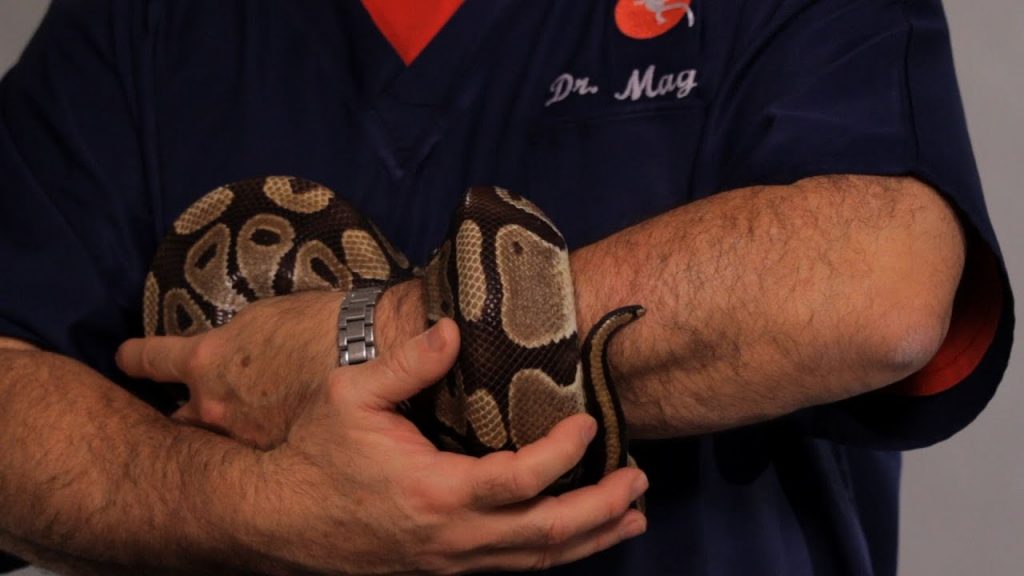If you’re curious about how to safely pick up a snake, then you’ve come to the right place. In this article, we’ll provide you with helpful tips and advice on how to pick up a snake safely and without endangering yourself or the snake. We’ll cover important topics such as proper technique and safety precautions to ensure that you and your snake remain safe during the handling process. We’ll also discuss the best ways to handle and store a snake after it’s been picked up. So, if you’re ready to learn more about how to pick up a snake safely, read on!
Types of Snakes

When looking to pick up a snake, it is important to understand the types of snakes that are available. Snakes can be divided into three main categories: non-venomous, mildly venomous, and highly venomous.
Non-venomous snakes are typically harmless, and include species such as the garter snake, corn snake, and king snake. These types of snakes are generally docile, and do not pose a threat to humans.
Mildly venomous snakes are capable of delivering a bite that may cause minor irritation. These snakes usually have small fangs and are considered to be of low risk. Examples of mildly venomous snakes include the hognose snake and the gopher snake.
Highly venomous snakes are capable of delivering a bite that can be life-threatening. These snakes are typically easily identified by their large fangs and potent venom. Examples of highly venomous snakes include the cobra, mamba, and rattlesnake.
When selecting a snake, it is important to understand the type of snake you are dealing with to ensure your safety.
Understanding Snake Behavior
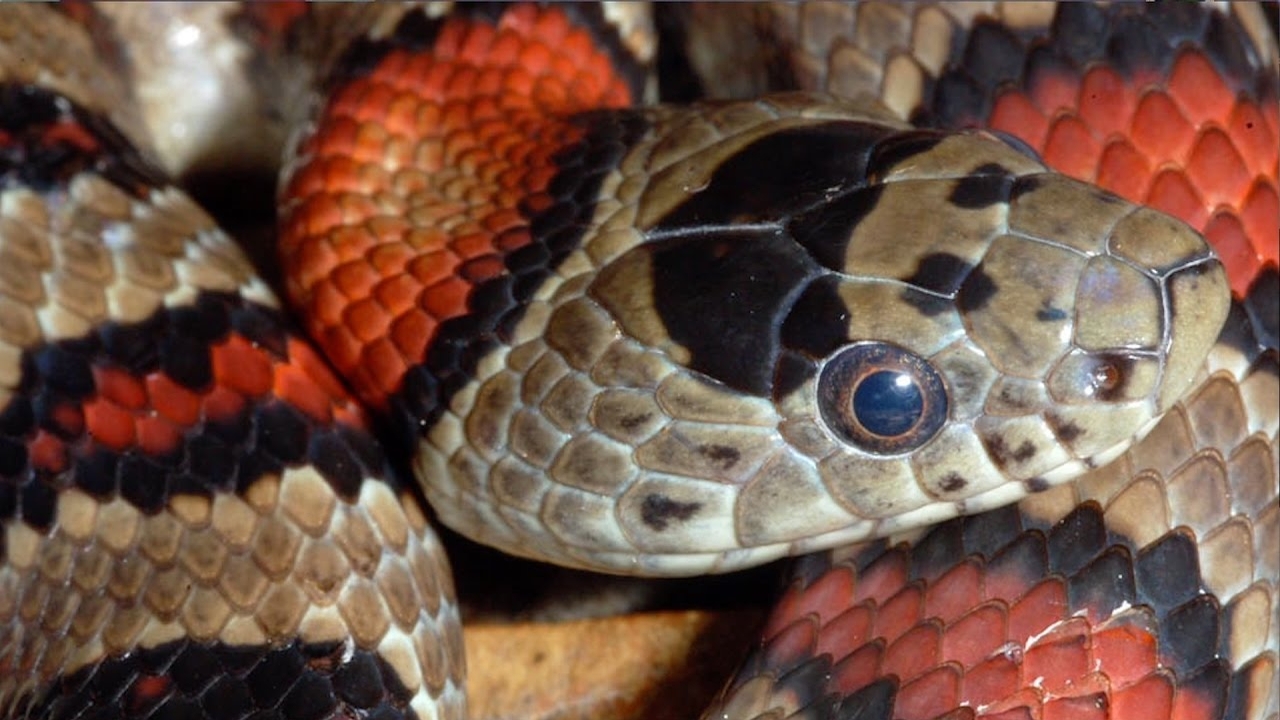
Before attempting to pick up a snake, it is important to understand the behavior of the snake. Snakes are reptiles that rely on their refined senses to detect danger and to hunt for food. They are also solitary animals, and may not take kindly to being handled by humans.
| Behavior | Explanation |
|---|---|
| Hissing | Hissing is often used by snakes as a warning sign of distress. It is a sign of fear and aggression, and should be taken seriously. |
| Biting | Biting is a way for snakes to defend themselves. It is important to be aware of this behavior when attempting to pick up a snake. |
| Striking | Striking is a defensive behavior used by snakes when they feel threatened. It is important to be aware of this behavior when attempting to pick up a snake. |
| Crawling | Crawling is a way for snakes to explore their environment. If a snake is crawling away from you, it may not want to be picked up. |
When attempting to pick up a snake, it is important to remember that snakes are sensitive creatures and may not take kindly to being handled. It is important to be aware of their behavior and to respect the snake’s boundaries.
Essential Equipment for Handling a Snake
1. Gloves
Gloves are an essential piece of equipment when handling a snake. Choose a pair of gloves that are thick enough to protect you from any potential bites.
2. Towel or Sheet
When picking up a snake, using a towel or sheet will provide an extra layer of protection as well as a secure grip on the animal.
3. Container
Having a secure container is essential for transporting a snake. Make sure the container is escape-proof and an appropriate size for the snake.
Step-by-Step Instructions for Picking Up a Snake
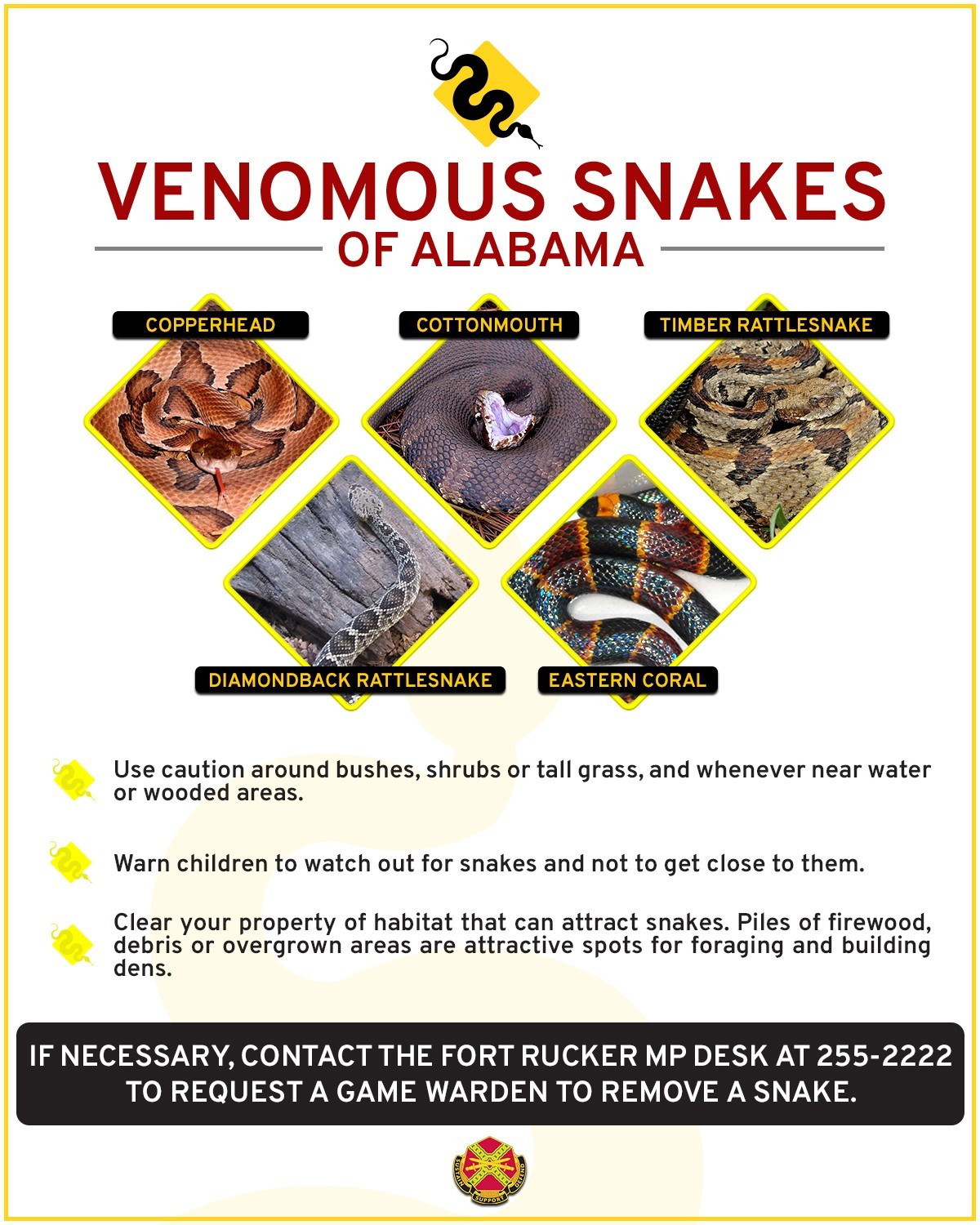
1. Move Slowly and Speak Softly
Moving too quickly will startle the snake, so make sure to take your time. Talk to the snake in a soft and soothing voice to keep it calm.
2. Approach the Snake from Behind
Approaching the snake from behind will help it to feel more secure. Hold your hand flat, and let the snake come onto your hand.
3. Gently Place Your Hand on the Snake
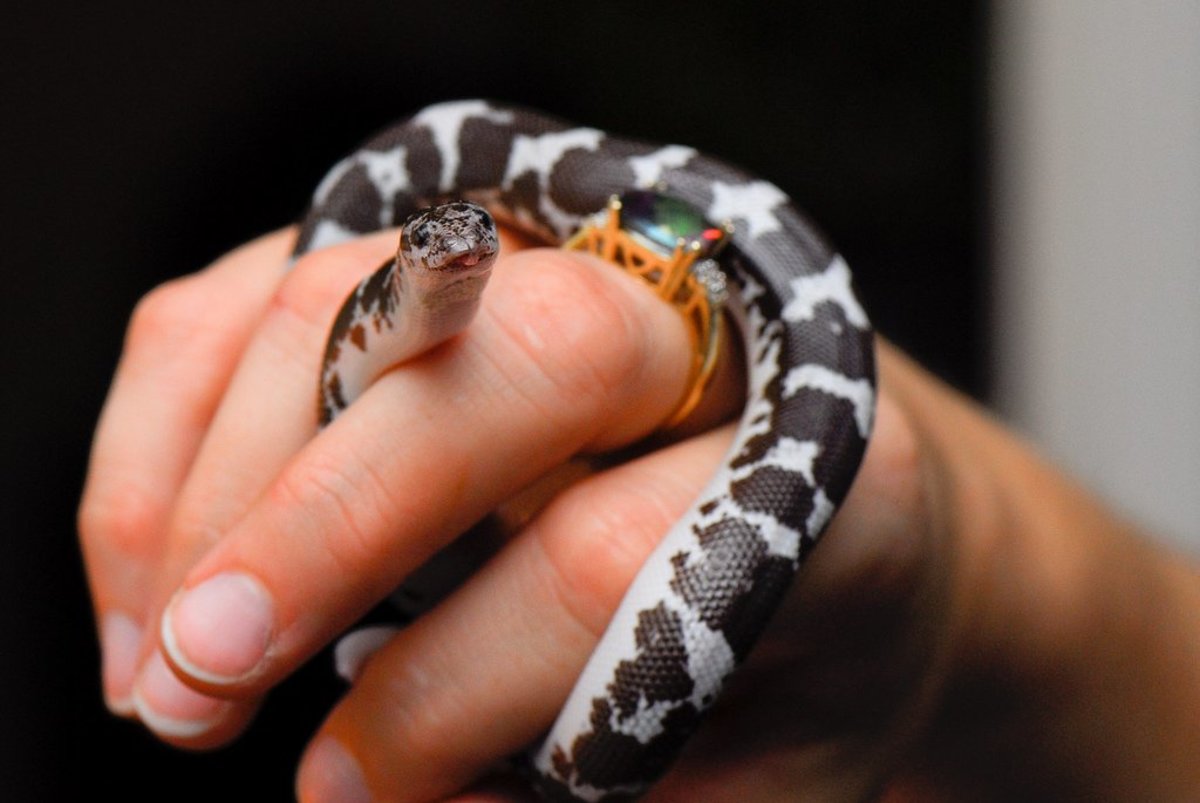
| Step | Description |
|---|---|
| 1. | Approach the snake slowly and calmly. |
| 2. | Allow the snake to become comfortable with your presence. |
| 3. | Gently place your hand on the snake’s back, close to the head. |
| 4. | Continue to talk to the snake in a calm and soothing voice. |
| 5. | Once the snake is comfortable, carefully pick it up with both hands. |
4. Carefully Lift the Snake
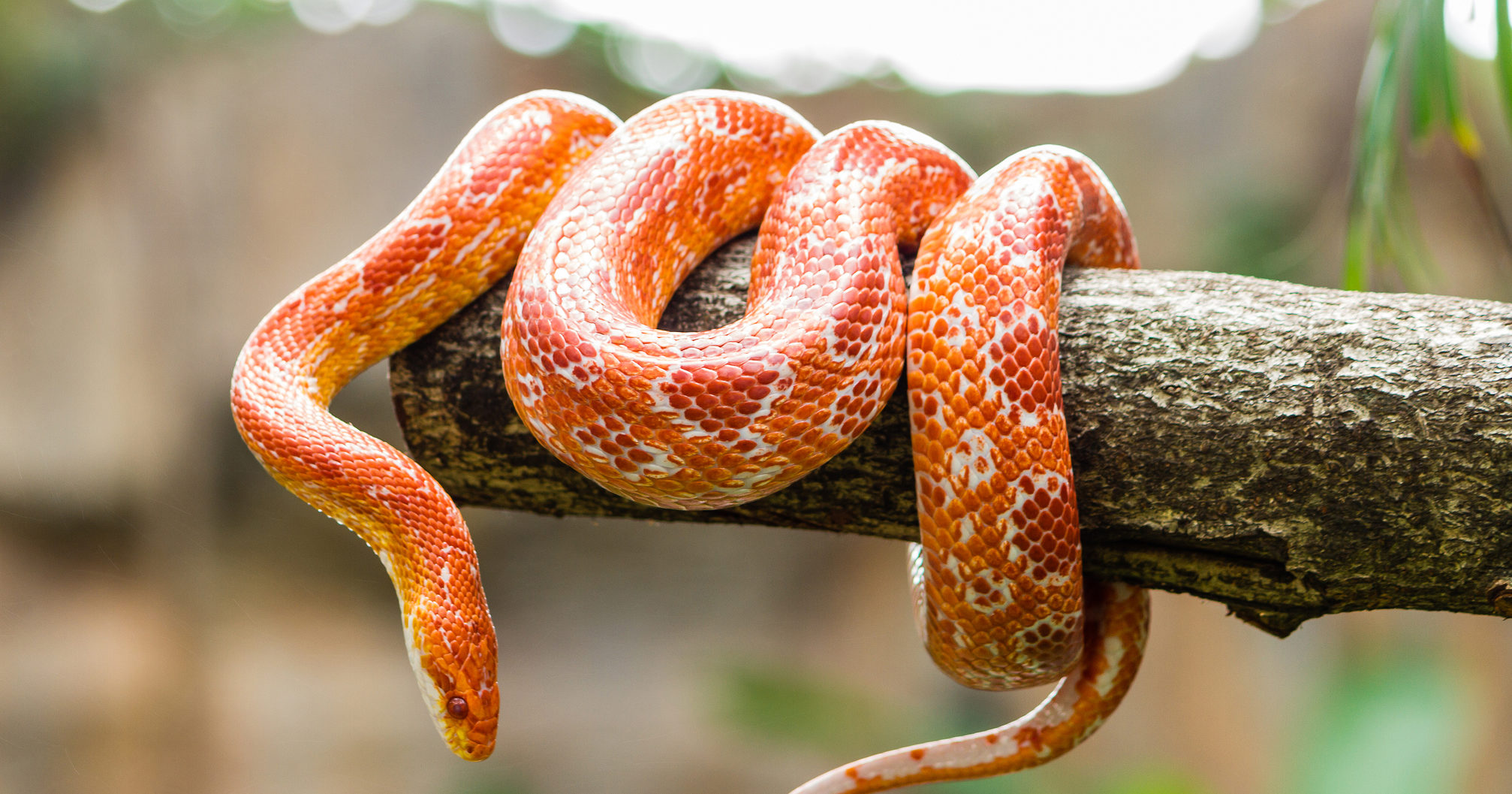
Gently slide your hands around the snake’s body, one hand near the head and the other near the tail. Support the snake’s body with both hands and slowly lift it up. Make sure to support the snake’s body with your hands while it is in a vertical position. Once elevated, keep your arms close to your body and the snake close to your body as you move it. Doing this ensures that the snake feels secure and safe.
5. Securely Hold the Snake
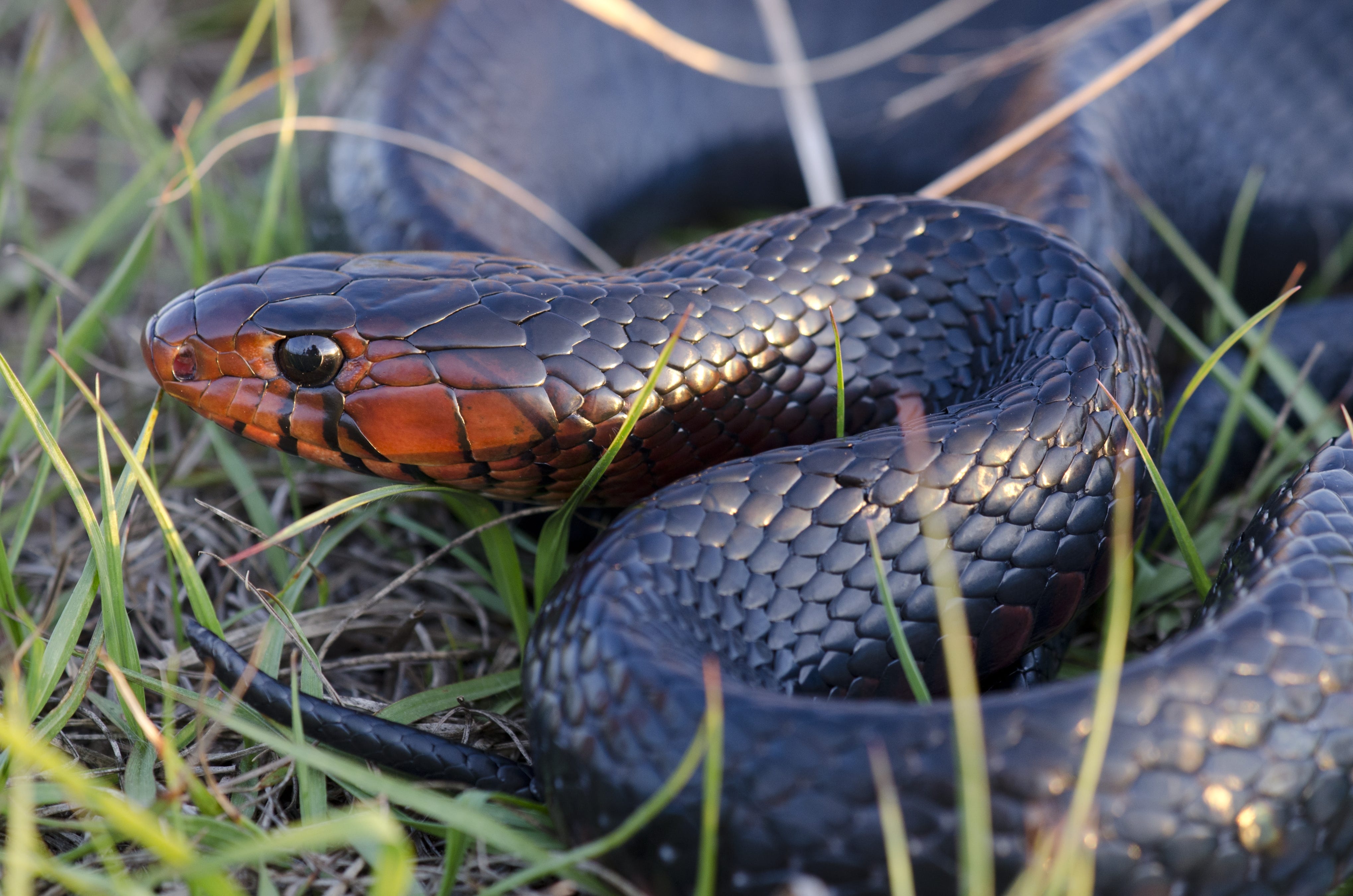
| Step | Description |
|---|---|
| 1 | Position your hand behind the snake’s head, with the thumb and index finger just behind the eyes. |
| 2 | Cup your hand and slightly curl your fingers around the back of the head. |
| 3 | Gently but firmly grasp the snake’s body with your other hand. |
| 4 | Support the snake’s body with the other hand, making sure to keep it away from your body. |
6. Place the Snake in a Container
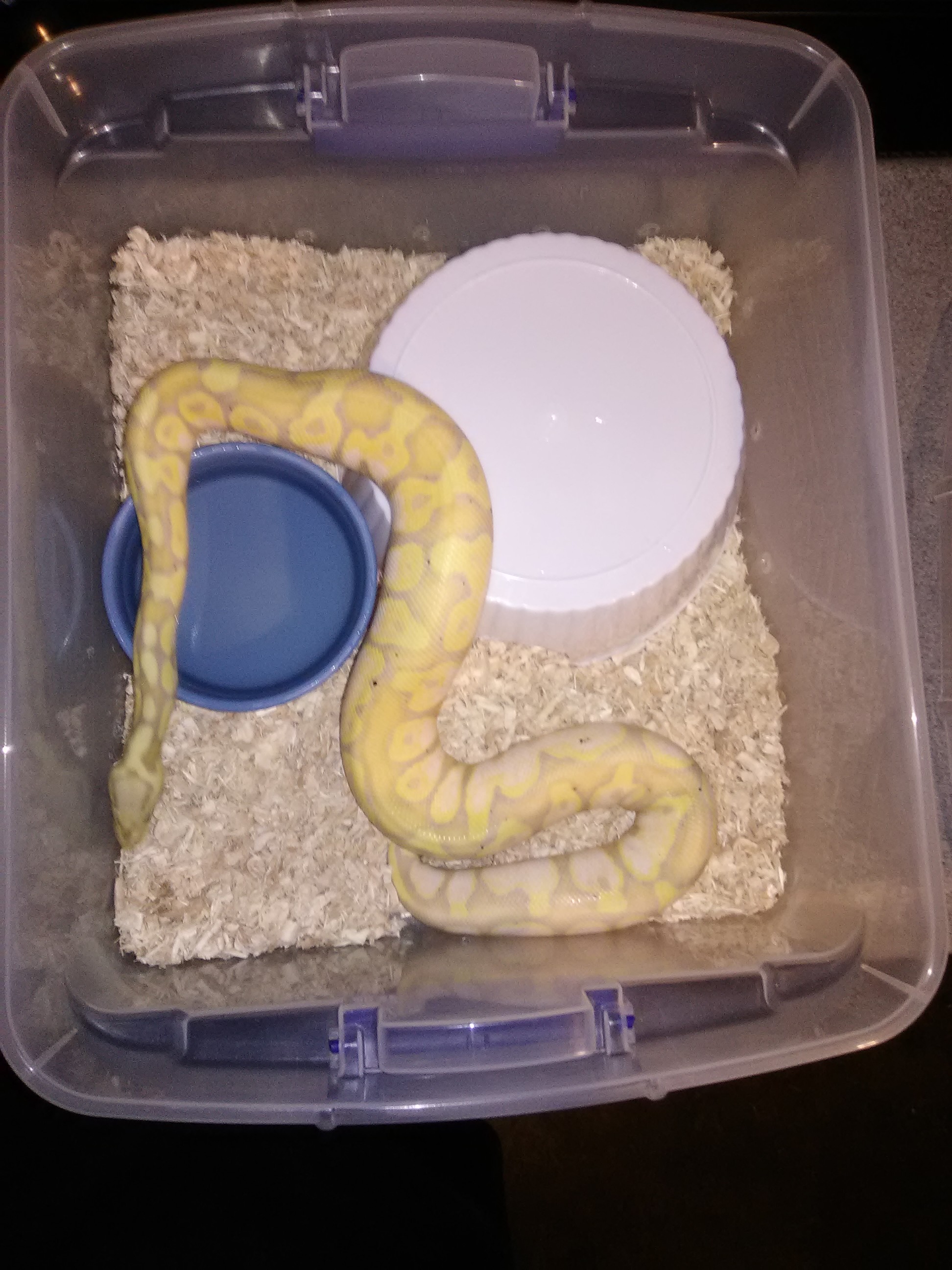
Once you have grasped the snake, carefully place it in the container. Make sure it is the correct size and that it is escape-proof. Secure the lid firmly, monitoring the snake for any signs of distress or discomfort. Consider covering the container with a cloth or towel to reduce the amount of stress on the snake.
Safety Precautions When Handling a Snake
Always wear gloves to protect your hands. Make sure the gloves fit securely so that the snake cannot slip into them. If a snake bites you, it can cause serious injury or even death. Do not leave a snake unattended. Have a friend or family member nearby to help in case of an emergency. Avoid handling a snake if you are pregnant, as the bacteria on the snake’s skin can cause harm to the fetus. Clean your hands with soap and water after handling the snake. Do not handle a snake if you have an open wound or an infection. Handle a snake away from your face and do not allow it to wrap around your neck. If the snake appears to be sluggish, lethargic, or has an open wound, take it to a veterinarian immediately.
Benefits of Handling a Snake
Handling a snake can be a positive experience. It is a great way to learn more about this fascinating animal while developing a connection with it. Benefits of handling a snake include gaining knowledge and a better understanding of their behavior, developing respect for these animals, and possibly even reducing stress levels.
Handling a snake is an excellent way to gain knowledge about their behavior and anatomy. This can be helpful for snake owners who need to know more about their pet, as well as for people considering owning a snake in the future. By handling a snake, one can gain a better understanding of how to properly handle and care for a snake.
Handling a snake also helps to build respect for these animals. This respect can come from understanding the biology and behavior of the snake, as well as from appreciating the unique qualities of these animals.
Finally, handling a snake can help to reduce stress levels. This is because handling a snake can be a calming activity, and it can help to focus on the task at hand instead of worrying about other things.
Frequently Asked Questions
What are the best tips for picking up a snake safely?
Always use both hands when picking up a snake. Place one hand around the midpoint of the snake’s body, and place the other hand under the snake’s body, near the tail. Make sure to support the snake’s body from underneath, to prevent it from wriggling free. Be gentle and do not squeeze the snake, as this can cause injury. When the snake is in your hands, keep it close to your body to ensure it does not escape. If you are handling a venomous snake, use a snake hook or tongs to pick it up.
Is it Safe to Grab a Snake?
Snakes can be dangerous if not handled properly, but it is generally safe to pick up a snake if you know how to do it. Before picking up a snake, make sure you know what species it is and that it is not venomous. When picking up a snake, be sure to hold the snake firmly but gently, and keep your hands clear of the snake’s head. Make sure that you keep the snake close to the ground and away from your face. When releasing the snake, move slowly and keep your hands away from the snake’s head.
What are the correct techniques for holding a snake?
When holding a snake, it is essential to support its entire body at all times. Use both hands, cradling the snake from underneath and supporting its body from the back. Make sure to keep your arms and hands close to the body of the snake. Do not pick up the snake from its head as this can cause harm to the reptile. When lifting, be sure to lift the snake slowly and with care. Do not squeeze or grip the snake too tightly, as it can cause injury. When transporting the snake, make sure it is secure. Use one hand to support its body while the other hand steadies the head.
Can I pick up a snake with my bare hands?
It is not recommended to pick up a snake with your bare hands as it can be dangerous and you may be bitten by the snake. If you must pick up a snake, it is important to use the proper handling techniques. Gloves, tongs, and hook sticks are recommended tools for handling snakes. Additionally, it is important to move slowly and carefully and to make sure you have a firm grasp on the snake. If you are not comfortable handling snakes, it is best to enlist the help of a professional.
Where is the safest place to hold a snake?
The safest place to hold a snake is at its mid-body, where the snake’s center of gravity is located, allowing the handler to maintain full control of the animal. Once the snake is securely grasped at its mid-body, it should be supported by both hands, with one hand supporting the neck and the other hand supporting the tail. The handler should also ensure that the snake’s head is pointed away from their body, and the snake is given room to move its head freely.
Conclusion
When picking up a snake, it is important to use the appropriate technique, handle it carefully, and remain calm. Always be aware of the snake’s body language and watch out for signs of aggression. Follow the tips outlined in this article to ensure that you and your snake stay safe during the handling process.
